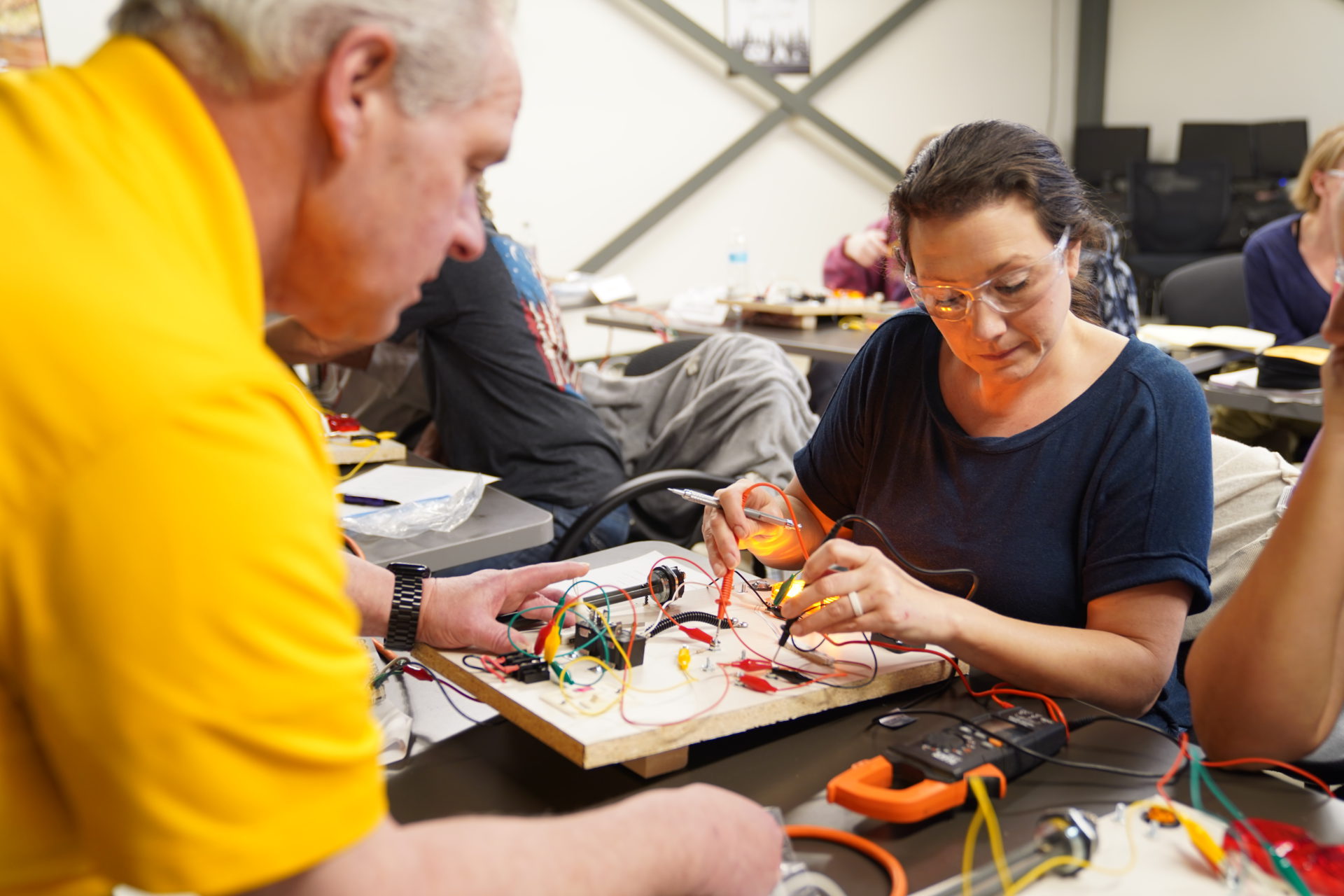
The Reality of Teen Athletes
Posted May 21, 2024, 1:17 pm by
My son attended an all-boys’ elementary/middle school. I’ll never forget a parent meeting one evening at which fathers and mothers were all told about the school’s sports teams’ official rules of participation.
I don’t remember the exact details, but I do remember emotions escalating in the room until the school psychologist stood up and proclaimed, “In the 100-year history of our school, not one graduate has gone on to be a professional athlete.”
The psychologist's perspective was a stark reminder of a harsh reality often overlooked in the fervor of student-athletics. The truth is, a mere fraction of high school athletes will ever step into the professional arena. Only a handful will secure scholarships from the select few universities with the resources to offer athletic scholarships through the NCAA or the NAIA. And an even smaller fraction will earn a spot on a college varsity team.
Are sports a part of your child's future?
With the Paris 2024 Summer Olympics gearing up from July 26 through August 11, many student-athletes are fantasizing about their future in sports. It is hard not to be mesmerized by the superhuman athletic feats of the skaters, snowboarders, skiers, hockey players, and even the curlers. Sports have been this cadre of athletes’ occupations morning, noon, and night. Year round. Is that really your son or daughter’s dream? Is that your vision of your child’s future? Even if it is, if they are in middle school, it is likely too late.
From 5th through 12th grade, my son attended a tennis academy in Florida during spring break. Most of the students trained year-round and were home-schooled. My husband asked one of the coaches about the percentage of these kids who actually go on to play professional tennis and learned that even within this elite group, it’s only a small number. The consolation: most of the rest earn scholarships to NCAA Division I schools.
To be a Division I college athlete is tough enough. Taking on the commitment of being full time student and a full time athlete is not an easy balancing act. It leaves little room for study abroad, for conducting research with professors, and senior thesis projects. Yet, it is the right choice for some athletes.
The reality.
My son now plays Division III tennis in the NCAA’s New England Small College Athletic Conference (NESCAC). Approximately 40 percent of NCAA student-athletes compete in Division III colleges and universities. With strict limits on the number of hours of practice and competitions, it works for him and many other students who love the discipline, the competition, and the camaraderie of sports but know that academics come first. So, turn on the TV, sit back and enjoy the wonder of the Paris Olympics with your sons and daughters by your side…unless your son or daughter hopes to be an Olympic athlete. In that case, drive them to practice instead.
Blog Categories
- Career Advice
- College Admissions
- Colleges & Universities
- Financial Aid and Scholarships
- For Counselors
- For Parents
- For Students
- Gap Years
- Mental Health and Wellness
- Online Learning
- Performing and Visual Arts
- STEM Majors and More
- Summer Programs
- Teen Volunteering
- Trade & Vocational Schools
- Tutoring & Test Prep

Organization with listings on TeenLife? Login here
Register for Free
We’re here to help you find your best-fit teen-centered academic and enrichment opportunities.
Forgot Password
"*" indicates required fields








